10 Best Herbal Mucillages For Upper Abdominal Pain

Herbal mucillages, such as those derived from plants like psyllium, flaxseed, and marshmallow root, are known for their soothing and protective properties in the digestive tract.
These natural substances form a thick, gel-like substance when mixed with water, which can help coat and protect the lining of the upper abdomen, potentially alleviating discomfort associated with gastritis or acid reflux. They may also aid in reducing inflammation and promoting the healing of the stomach lining by creating a barrier against irritants. While they are generally safe for most people, it is important to consult a healthcare professional before using them, especially if symptoms persist or worsen.
Overall, herbal mucillages offer a natural and gentle approach to managing upper abdominal pain, though they should be used as part of a broader treatment plan.
FREE Herb Drying Checklist
How to make sure every batch retains maximum flavor, color, and aroma without the risk of mold or over-drying. Eliminate guesswork and trial-and-error, making herb drying faster, easier, and more efficient every time.
Table of Contents
1. Plantago ovata

Plantago ovata, commonly known as psyllium husk, is a rich source of soluble fiber that can be used to prepare herbal mucillages, which are gel-like substances formed when the fiber absorbs water.
These mucillages have been traditionally used to support digestive health and may help alleviate upper abdominal pain by promoting regular bowel movements and reducing gastrointestinal discomfort. The mucillages act as a natural bulk-forming agent, which can ease symptoms of indigestion, bloating, and spasms in the upper abdomen. While not a direct treatment for all causes of upper abdominal pain, plantago ovata mucillages can be a beneficial complementary therapy when used as part of a holistic approach to digestive wellness.
It is important to consult a healthcare professional before using psyllium husk, especially for individuals with existing medical conditions or those taking medications.
2. Aloe barbadensis
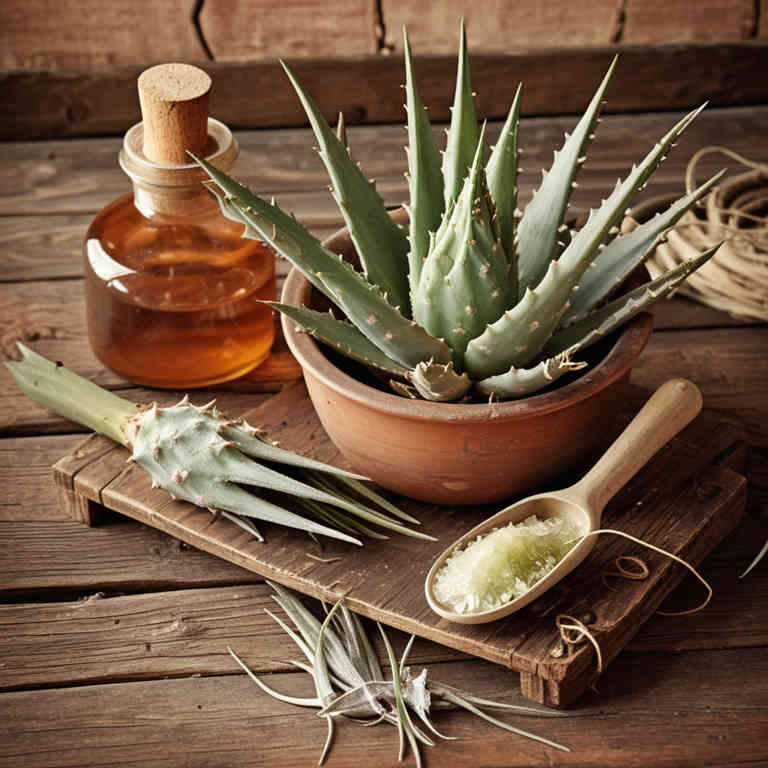
Aloe barbadensis, commonly known as aloe vera, contains mucillages that have been studied for their potential therapeutic effects on various gastrointestinal conditions.
These mucillages are gel-like substances rich in polysaccharides, which can help soothe and protect the lining of the stomach and upper abdomen. Some preliminary research suggests that aloe vera mucillages may reduce inflammation and irritation in the digestive tract, potentially offering relief from upper abdominal pain. However, it is important to note that while some individuals report benefits, scientific evidence supporting its efficacy for this specific use remains limited.
As with any herbal remedy, it is advisable to consult a healthcare professional before using aloe barbadensis for medical conditions.
3. Silybum marianum
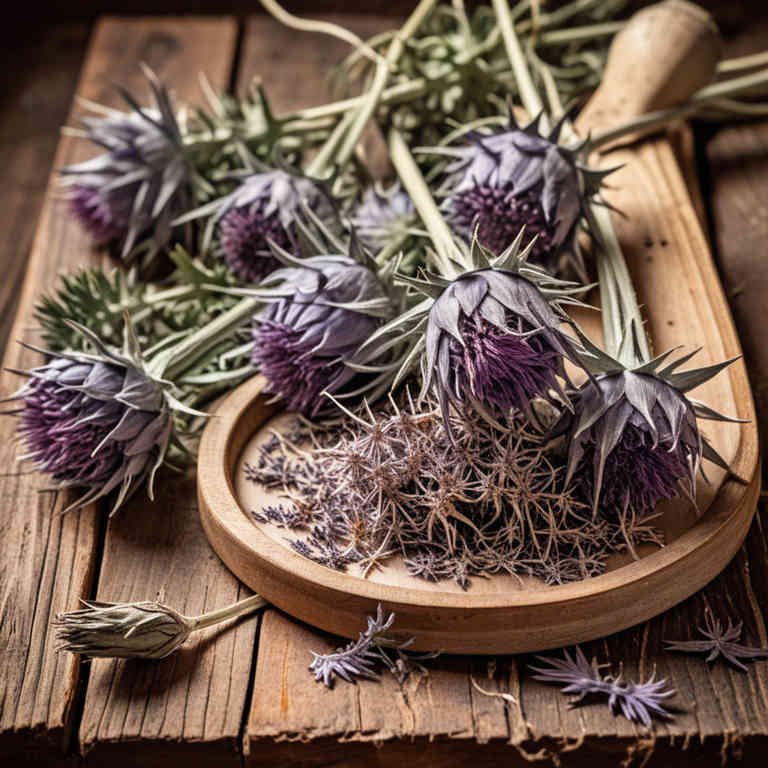
Silybum marianum, also known as milk thistle, contains mucilaginous compounds that may help soothe irritation in the upper abdomen.
These mucillages have mild demulcent properties, which can provide a protective layer over the stomach lining, potentially reducing discomfort from acid or irritation. While not a primary treatment for upper abdominal pain, they may offer supportive relief in cases of mild gastritis or indigestion. However, it is important to consult a healthcare professional before using silybum marianum, as it may interact with certain medications or conditions.
Overall, mucillages from silybum marianum are best used as part of a holistic approach to digestive health rather than a standalone remedy.
4. Cnicus benedictus

Cnicus benedictus, commonly known as St. Benedict's thistle, contains mucilaginous compounds that may offer some relief for upper abdominal discomfort.
The mucilage, a gel-like substance, can help soothe inflammation and irritation in the digestive tract, potentially easing symptoms associated with upper abdominal pain. While not a primary treatment for conditions like gastritis or peptic ulcers, it may act as a supportive remedy when used alongside conventional therapies. Its mild demulcent properties may help coat and protect the stomach lining, reducing acid irritation.
However, it is important to consult a healthcare provider before using it, especially if the pain is severe or persistent.
5. Althaea officinalis

Althaea officinalis, commonly known as marshmallow, contains mucillages that have been traditionally used to soothe the lining of the digestive tract, including the upper abdomen.
These mucillages form a protective layer over the stomach and duodenum, potentially reducing irritation and inflammation associated with upper abdominal pain. The gel-like substance has demulcent properties, which can help alleviate discomfort from conditions such as gastritis or acid reflux. While some studies suggest its effectiveness in easing digestive discomfort, more clinical research is needed to confirm its efficacy for specific conditions.
As a herbal remedy, it is often used in combination with other soothing herbs to support digestive health.
6. Urtica dioica

Urtica dioica, commonly known as stinging nettle, contains mucillages that have been traditionally used for their soothing and protective properties.
These mucillages form a thick, gel-like substance when mixed with water, which can help coat and protect the lining of the stomach and upper abdomen. While there is limited scientific evidence specifically linking Urtica dioica mucillages to the relief of upper abdominal pain, some anecdotal reports suggest that they may help alleviate irritation and discomfort. The mucillages are believed to have mild anti-inflammatory and demulcent effects, which could potentially reduce inflammation and soothe the gastrointestinal tract.
However, it is important to consult a healthcare professional before using Urtica dioica or any herbal remedy, especially for persistent or severe upper abdominal pain.
7. Curcuma longa
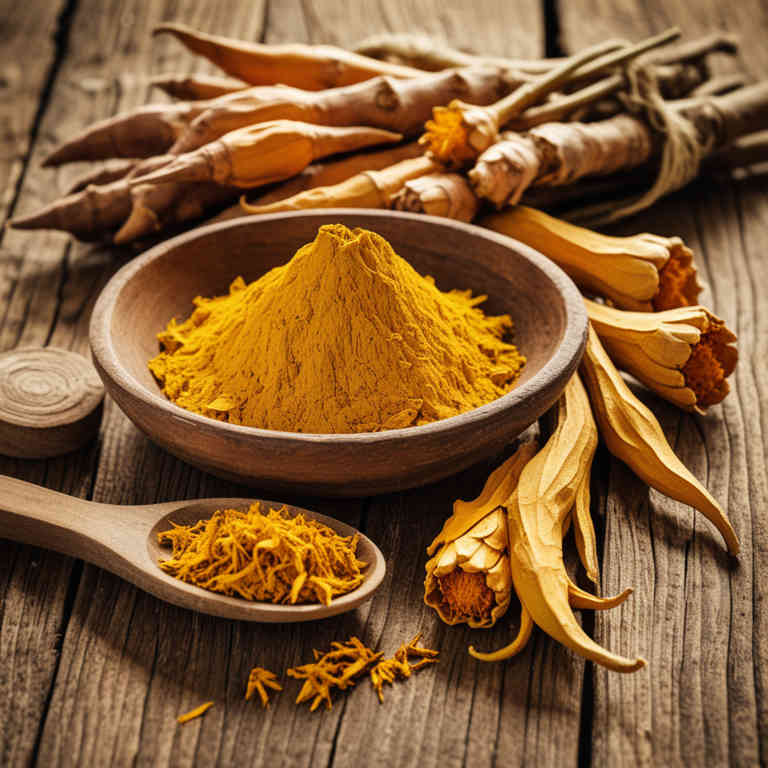
Curcuma longa, commonly known as turmeric, contains bioactive compounds such as curcumin, which have been traditionally used for their anti-inflammatory and analgesic properties.
The mucillages present in curcuma longa may contribute to its soothing effects on the gastrointestinal tract, potentially offering relief from upper abdominal pain. While curcumin is the primary active component, the mucillages may help in reducing irritation and inflammation in the stomach lining. However, it is important to note that scientific evidence supporting the efficacy of curcuma longa mucillages specifically for upper abdominal pain is limited.
As with any herbal remedy, it should be used under the guidance of a healthcare professional, especially for individuals with pre-existing medical conditions or those taking other medications.
8. Moringa oleifera
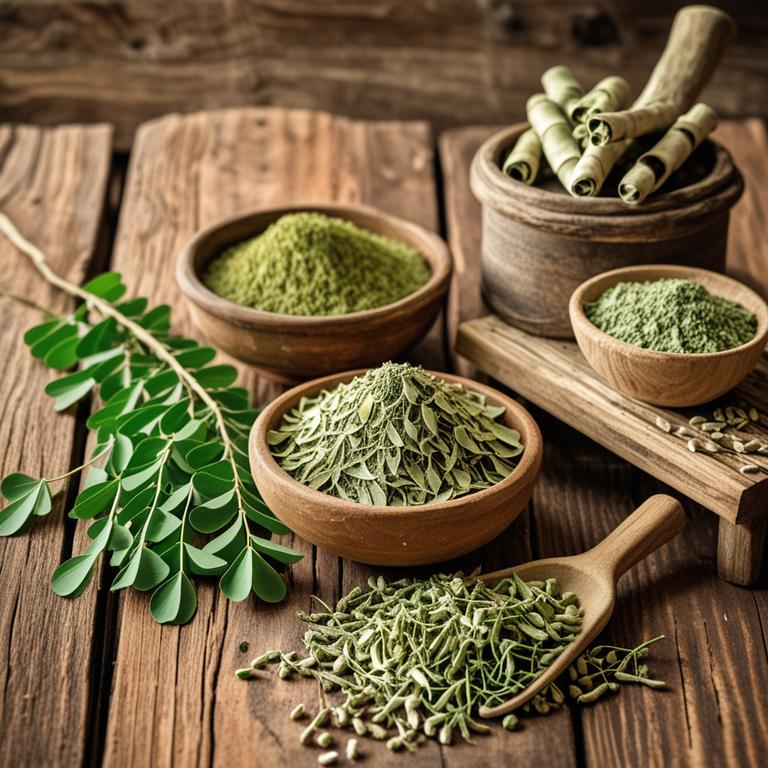
Moringa oleifera herbal mucillages, derived from the seeds of the moringa plant, have been traditionally used for their soothing and anti-inflammatory properties.
These mucillages form a thick, gel-like substance when mixed with water, which can help coat and protect the lining of the stomach and upper abdomen. Preliminary studies suggest that the mucilage may provide relief from mild upper abdominal discomfort by reducing irritation and promoting a sense of fullness. However, more research is needed to confirm its efficacy in treating specific conditions like gastritis or acid reflux.
As a natural remedy, moringa mucillages are generally considered safe but should be used with caution and under the guidance of a healthcare professional.
9. Glycyrrhiza glabra
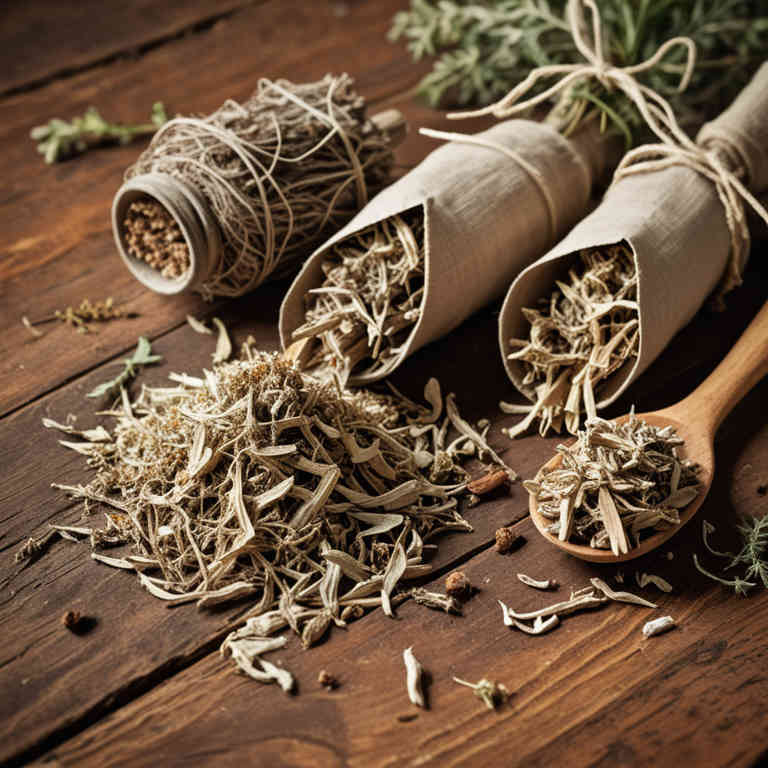
Glycyrrhiza glabra, commonly known as licorice root, contains mucillages that have been traditionally used to soothe the gastrointestinal tract.
These mucillages form a protective barrier over the mucous membranes, helping to reduce irritation and inflammation in the upper abdomen. The demulcent properties of licorice mucillages can alleviate symptoms such as heartburn, indigestion, and gastritis. However, long-term use of licorice root may lead to side effects like hypertension due to its glycyrrhizin content.
It is important to consult a healthcare provider before using licorice mucillages for persistent upper abdominal pain.
10. Foeniculum vulgare
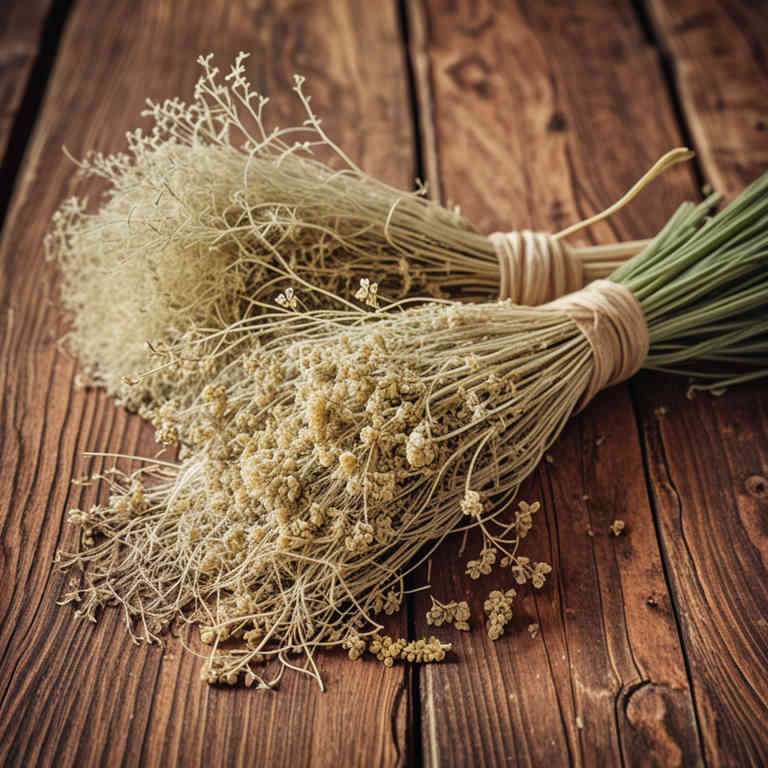
Foeniculum vulgare, commonly known as fennel, contains mucillages that have been traditionally used to soothe upper abdominal discomfort.
These mucillages form a protective layer over the gastrointestinal tract, helping to reduce irritation and inflammation. While fennel is often used for digestive issues such as bloating and indigestion, its mucilage properties may offer relief for mild upper abdominal pain. However, it is important to consult a healthcare professional before using fennel for persistent or severe pain, as it may interact with certain medications.
Overall, fennel mucillages can be a natural remedy for mild digestive discomfort but should not replace medical treatment when necessary.